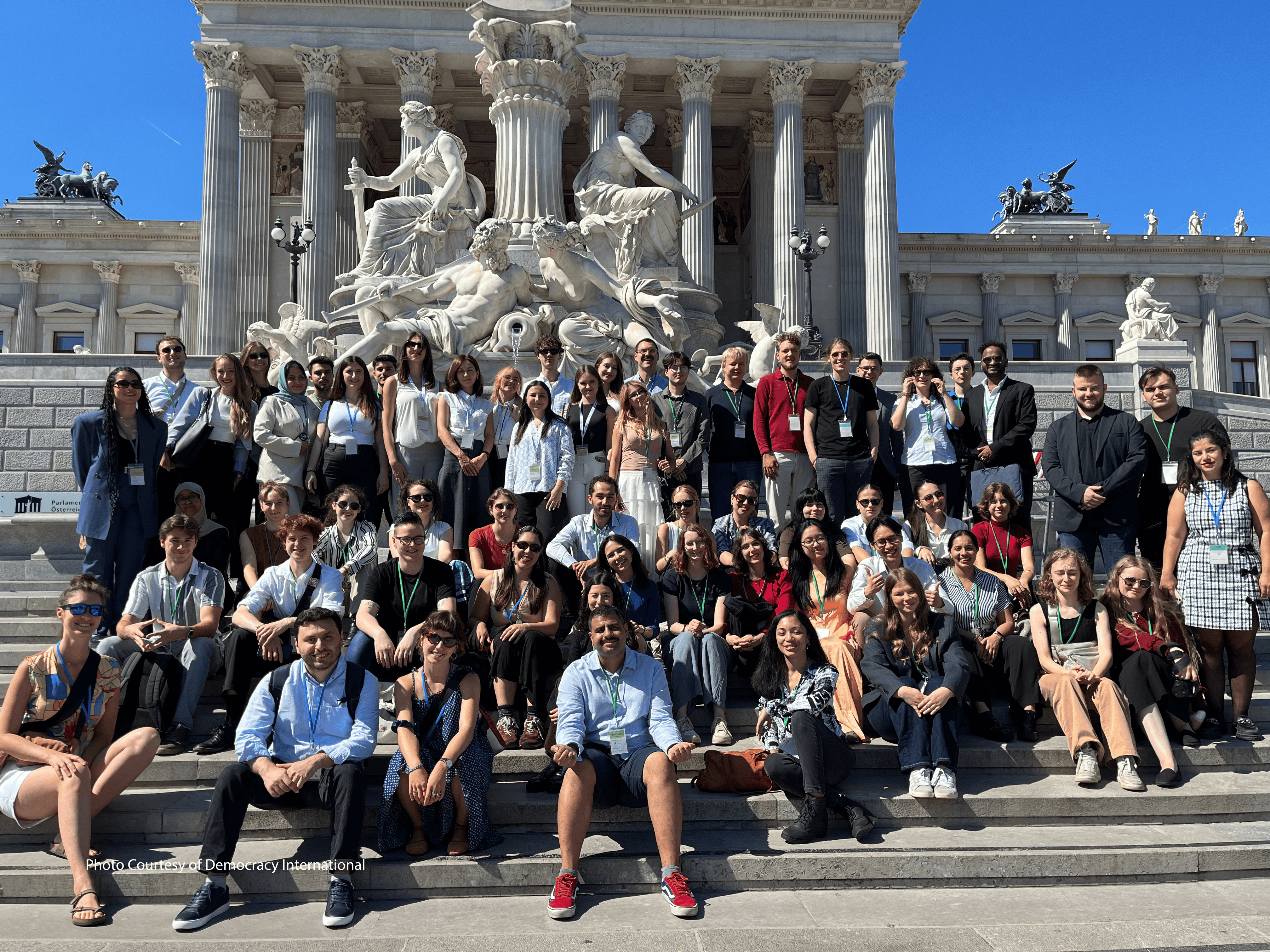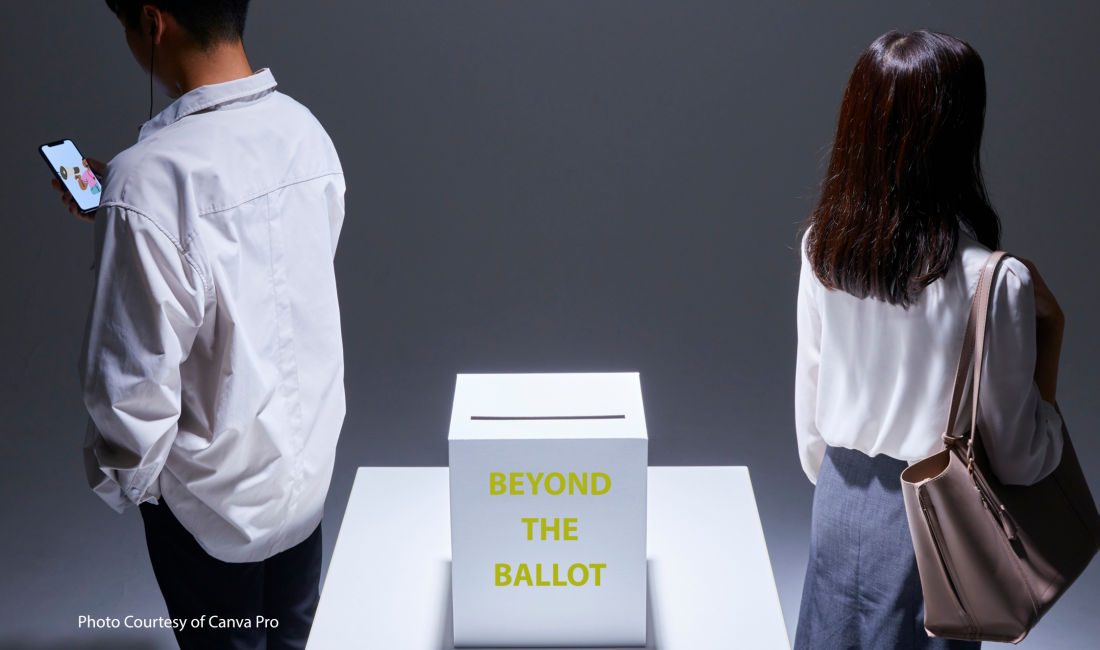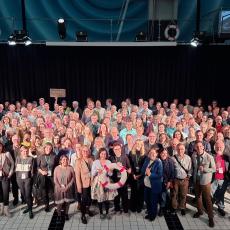When digital tools are used right, they can open new doors for young people to effectively participate in democracy.
The world has become increasingly digitalised. Gen Z is the first to be born with screens embedded in their daily lives. Digital tools are now used to mediate public services and facilitate running errands.
This digitalisation has also reshaped youth participation.
Young people are using digital tools and social media to organise themselves, speak up and be heard. Yet these same systems can trap us in echo chambers, amplify misinformation and exclude those without access. To make the most of this new civic space, we need to question how it is used and improve its problems.
What Digital Tools Do Well
Digital tools and platforms lower the barrier to entry.
A young person can start a petition from home, an NGO can reach new volunteers without expensive ads, and a community group can find people to support their cause with a single post. Many civil society organisations (CSOs) rely on these tools to promote events, find supporters and maintain momentum for their cause. For many, youth-led campaigns, social media is the megaphone that turns a local concern into a shared cause.
How Digital Tools Can Strengthen Youth Participation
When used intentionally, digital tools can transform how young people engage in civic life. They can serve as a learning space, where youth can access civic education resources or follow debates on issues that affect them. They can be organising platforms, helping young activists coordinate local clean-ups, protests or community events. They can also act as bridges to institutions, allowing young people to directly communicate with policymakers through online consultations or participatory platforms. Most importantly, they can give visibility to underrepresented youth voices, those who might have access to traditional political spaces but can share their perspectives online.
The Flip Side: Bias and Polarisation
These same tools that have helped youth participation grow and gain momentum can also be harmful for democracy and civic life. Algorithms are designed to keep us engaged, not necessarily well-informed. That can feed confirmation bias and echo chambers, in which interaction is mainly limited to people who think alike. Moreover, checking the credibility and reliability of sources from social media is getting increasingly hard with the volume of information we receive on a daily basis.
Who Gets Left Out?
Digital participation is not equally accessible.
There is an enormous digital divide between those who can and cannot access digital tools and platforms. Underprivileged young people can be excluded due to device costs, data prices, weak connectivity, or simply a lack of digital skills and time. Some also face language barriers or accessibility needs that platforms don't meet. With such a digital divide, many voices are left unheard.
Participate Smarter: A Mini Checklist

At the Democracy Camp youth event last September, conversations between sixty-four young people sparked ideas on how digital tools can be healthily used to promote youth participation in democratic societies.
Here are some points that were discussed and suggested by participants:
- Pause before you share: Ask, Who posted this? What's the source? What's the date?
- Cross-check: Look for at least one other credible source reporting the same claim.
- Read past the headline: Headlines are designed to hook; the details often tell a more nuanced story.
- Diversify your feed: Follow at least a few accounts you respectfully disagree with, plus independent and local outlets.
- Support trusted intermediaries: NGOs and CSOs often invest in verifying information; in this regard use their explainers and toolkits.
- Balance online with offline: Comment sections are not a community; instead, attend public meetings, volunteer or talk to a local representative.
Where Do We Go from Here?
When used thoughtfully, digital tools can give young people the power to learn, mobilise, and take action beyond the ballot box. The challenge ahead is to make these tools more inclusive, transparent and empowering, so every young person, not just the most connected, can take part.



